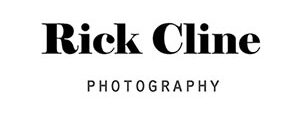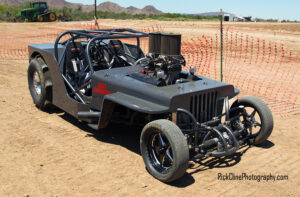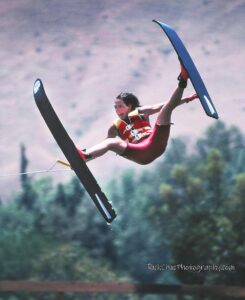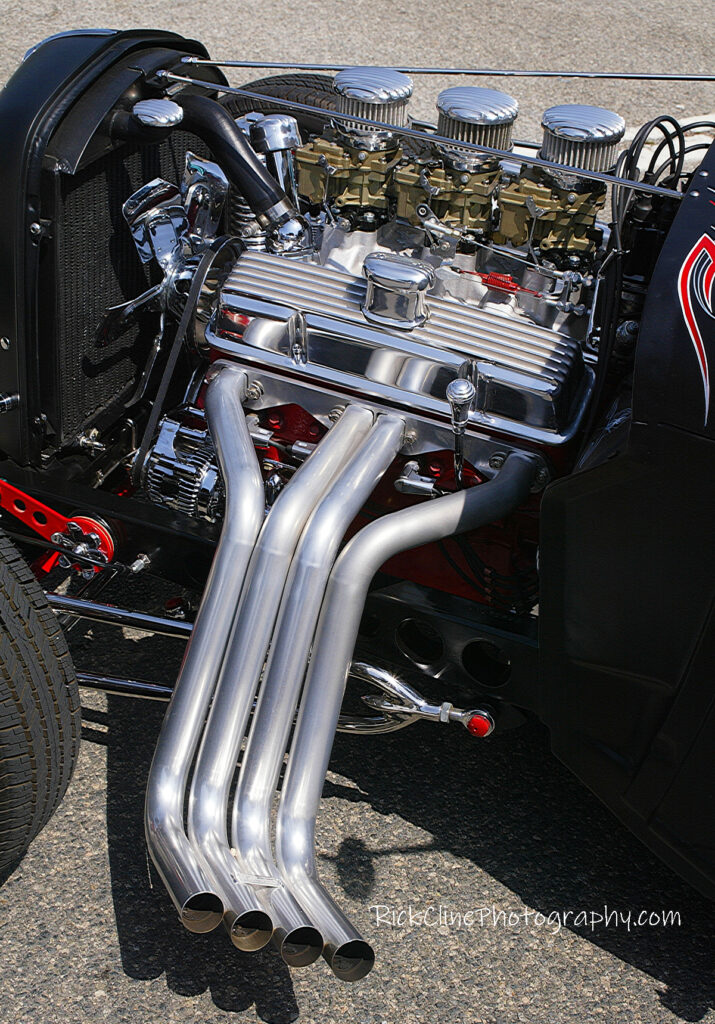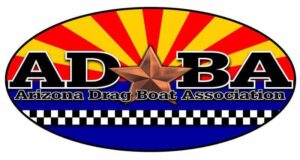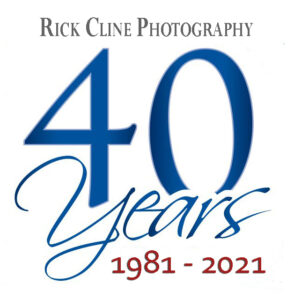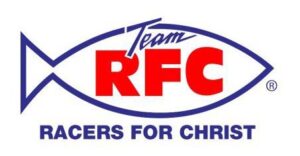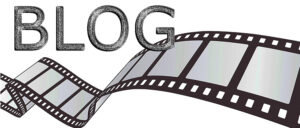
June 11, 2025
My first drag boat race
In early 1981, I decided to attend my first drag boat race, a long-time fan, this was a sport I was very interested in photographing. Living in Bakersfield, California, not far from Lake Ming, I was about to open a door that would forever change my life.
Auto focus, digital cameras and the internet were not yet invented; in photography, manual focus 35 mm was the name of the game. I owned a good 35 mm camera, not a professional model; it was a Canon AT-1. This camera was equipped with a match-needle metering system requiring the photographer to manually set both the shutter-speed and aperture to obtain the correct film exposure. It lacked a film winder or motor drive; you manually advanced the film after each shot. However an optional power film winder was available from Canon.
Weeks prior to this NDBA race, I took my camera to the lake, stood where I thought the finish line would be, and peered through my biggest lens, a somewhat common 200 mm. It was immediately obvious this lens was severely inadequate. With no prior experience or knowledge, I opted to purchase a 400 mm lens, thinking this would allow me to reach the action, in truth I didn’t know, I had never owned or used a lens of that size. Next I invested in a power winder, another camera device I was unfamiliar with. The winder would shoot just 2-frames per second; much slower than the Canon pro cameras at that time, running at 3.5 frames per second.
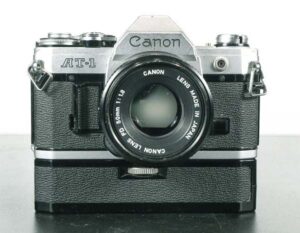
Above, Canon AT-1 35 mm camera with a power winder attached.
When qualifying began Saturday morning, I was at the waters edge holding my camera loaded with color slide film. In 1981 most photographers were using either black and white or color negative film. I already knew, no one in Bakersfield could process slide film, it had to be shipped out of town for developing. Prior experience taught me, dropping off for processing Monday, at best wouldn’t bring results until Wednesday afternoon.
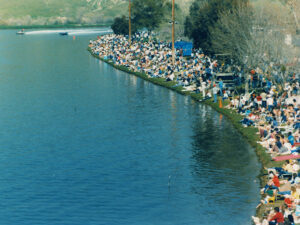
Above, NDBA Lake Ming.
Late Saturday afternoon, Ed Murphy crashed his modified jet. Crossing the finish line at 97 miles per hour, the boat flew over backwards in a violent accident. When the boat first lifted off the surface of the lake, I instinctively depressed the shutter button and held it down for 3 or 4 seconds. With my eye glued to viewfinder, the camera was firing as fast as possible and I couldn’t believe what I was seeing. A few seconds later, it was over.
When the race ended Sunday evening, I could not wait to see my photography results. Meanwhile I was sure the local newspaper had captured the crash and would publish their series of photos, but to my surprise, nothing. Instead they ran a story about the incident, telling of the drivers’ injuries and how he miraculously survived.
Wednesday afternoon, all my developed film arrived and I quickly started searching for the important images, stopping when I saw my colorful results. I believed they were spectacular, I knew what I had to do next, and time was running out. I was a rookie, unknown, inexperienced photographer, with the greatest photos I had ever captured, so I rushed to the newspaper. I was overjoyed, the sports editor was equally impressed by my images, and wanted to use them for their Friday morning edition. Three photographs were spread over the front page of sports, I was very proud of my work; achieving results beyond expectations and the newspaper paid me for publishing the photographs.
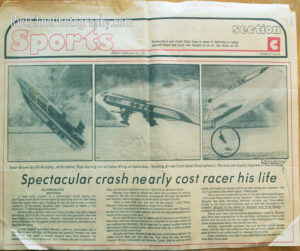

A few years later I learned a surprising back story to this 1981 success. A newspaper photographer was indeed at the race that day. He loaded the pro Nikon camera with black and white film, and supposedly shot the crash. Upon unloading the camera for processing that evening, the developed film turned up blank, an entire roll of Kodak film; nothing! While loading his camera that day, the photographer made a critical mistake, failing to properly feed the film into the take-up spool on the other side of the camera. As a result, the camera fired and appeared operationally normal, but inside the device, his film never advanced, and thus never exposed. I was the only photographer who captured the crash.
Your comments on my Instagram page are welcomed.
Until next month’s blog.
Rick Cline
June 1, 2025
I am starting something on this page totally new, my first blogs.
In the ’80’s and 90’s I wrote monthly columns for a few racing publications. Today I’m on a similar path, opening this blog, sharing unique and unfiltered photography stories and past experiences never yet told. I will be posting views, adventures and personal accounts with photos, that I believe you will all enjoy.
Stay tuned!
Rick Cline
